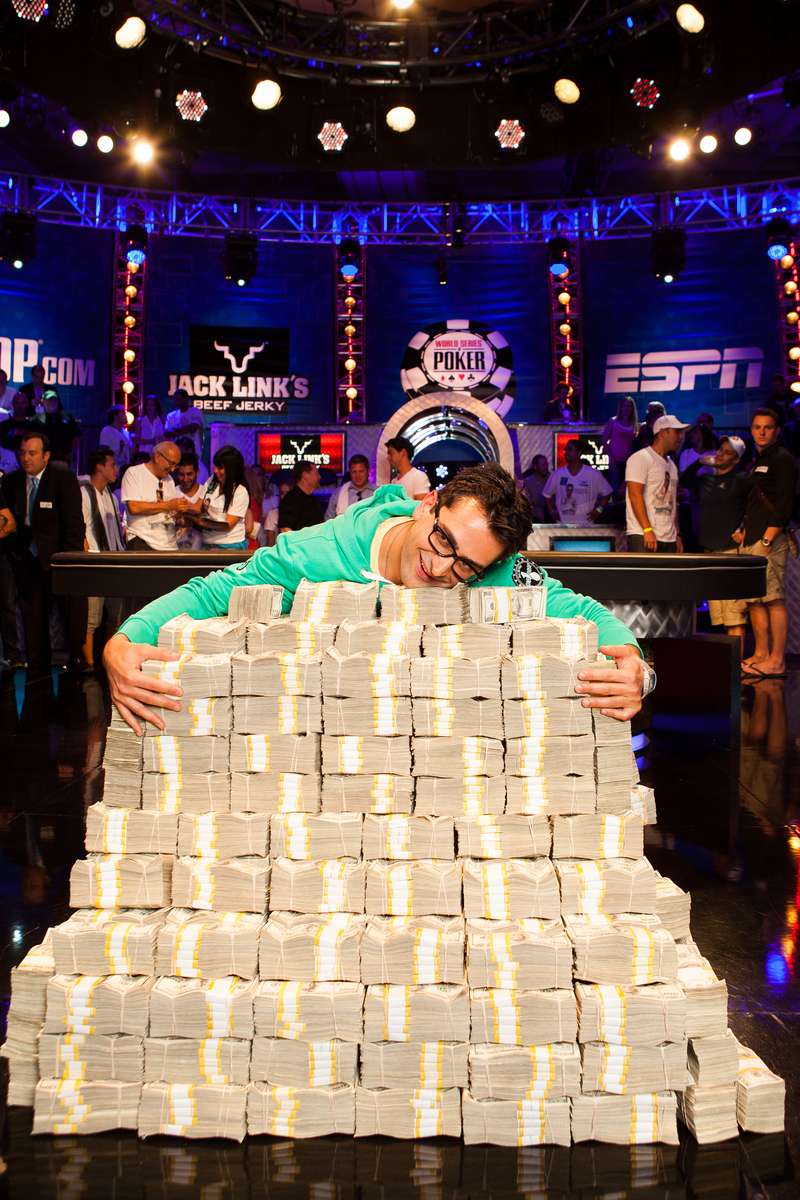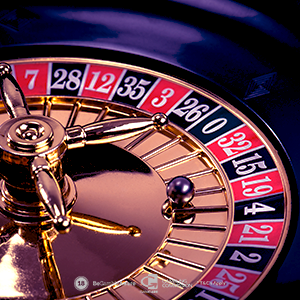How To Play A Flush Draw
Flush draws tend to play best if you have just a few opponents and average-sized pots. The pot should hold enough to justify the chase, but not so much that the chase is too risky. Lots of players in low level games chase flushes with as few as two cards. Learning to focus on nut-flushes when appropriate will automatically ramp up your game. A powerful draw that combines the open ended straight draw with a flush draw. This draw is also the most probably way to make the highest ranked made hand in poker: the straight flush. In theory, the open ended straight flush draw can make a straight with 6 possible cards and a flush with 9 possible cards. There are the following rules of playing flush draw (in tourneys): If you raised preflop keep putting pressure on the flop and on the turn. If you entered the pot by making preflop call, play carefully, check-call and sometimes even check-fold your weak flush draws; use check raises only with strong flush draw hands (flush draw + 2 over cards, for instance). To play a flush draw, any flush draw, you must always know what else is going on at the table. You need to know who you are playing against, your position at the table, pot amount, the value of the blinds, the chip-stacks of the other players, etc. All of these factors will influence how you should play a hand.
DECISION POINT: In a no-limit hold'em tournament, the under-the-gun player and hijack both limp into the pot. It folds to you in the small blind and you call as well with . The big blind checks, and the flop comes . You check, as do the big blind and UTG player, then the hijack makes a pot-sized bet. Action is on you...
PRO ANSWER: This is an interesting flop texture for our hand. A large number of turn cards give us the ability to continue happily with increased equity.
Any diamond (9 cards) gives us a flush. Any or gives us a gutshot to go along with our flush draw (6 additional cards). Any or gives us an open-ended straight draw (6 additional cards). Any or gives us a pair with our flush draw (6 cards).
That totals 27 cards that increase our hand's equity on the turn. We can profitably call here, so we can eliminate folding as an option.
Raising would put pressure on the two limpers still in the hand (in addition to the bettor) and would often force out many hands that have very good equity against us and will continue if we choose to call.
Also, given that the bettor limped behind another limper and bet in position when checked to, their hand range could consist of many medium-strength, one-pair hands and fewer overpairs, in addition other hands making low equity stabs at the pot. We can create fold equity against a large portion of their hand range with a flop check-raise followed by a turn all-in.
In this case, check-raising to around 4,500 chips sets up a semi-bluff all-in on the turn for around 7,000 chips into a pot that will be around 10,500 when the bettor calls. This should create significant fold equity against a large portion of the bettor's hand range.
Check-raising the flop with the intention of semi-bluffing all-in on the turn is the best play.

LearnWPT is a poker training site dedicated to transforming the poker games of rank beginners, skilled amateurs, and aspiring professionals. Offering both Live Workshops and Online Training, is a one-stop shop for poker education, designed to provide all the tools a player needs to become a winner. Visit LearnWPT.com today and get 2 Free Strategy Episodes that will immediately impact how you play. LearnWPT.com - Think Like a Pro!
Tags
tournament strategyno-limit hold’empostflop strategydrawing handsequityfold equityaggressioncheck-raisingpositionLearnWPT
 Article By: RuffPoker.com
Article By: RuffPoker.com Learning how to play a certain hand may seem like a valuable tool, but we’re going to teach you a much better one: how to ask a better question.
Maybe it’s the uniform color and shape, maybe it’s the thought that a flush is a great hand, or maybe it’s just because some poker players like to gamble. Whatever the reason, flush draws are some of the most commonly misplayed hands in the world of Texas Hold ‘em. All too often, a player will run into trouble with flush draws more than any other kind of hand. Though learning how to play these hands is important, it isn’t as important as learning how to ask a better question. Let us explain.
One of the most common questions we hear is: “How do I play a flush draw?” Unfortunately, this is not an easy question to answer. Why? Because the question itself is a really bad one. If you are a poker player, the hand you have is only one of the questions you need to ask yourself when you are trying to determine what you want to do next. There are numerous other factors that are just as important, and determining your play based on only one of these is never a good idea. What are we talking about? Here is an example:
Bad Question: How should I play a flush draw?
Good Question:
I’m in a no-limit tournament at Full Tilt Poker with about half the field eliminated so far. I’m at a table of 9 players, blinds blinds are $100 - $200, and I’m a little above average in chip count with $4,200. The table has been playing mostly tight, but the chip leader, with $6,300, is a blaster who likes to take risks, while the low-stack, with $1,300, has shown good discipline. I’m 2 behind the button and I’ve been dealt A-7 hearts. I limped-in with 3 other players ($800 pot) including the button and the two blinds. The flop came off 5, 3, K with 2-hearts. The small blind checked and the big blind (the chip leader) bets half the pot, making it $1200. How should I play this flush draw?
Though the difference between the two questions hinges on a single word ('a' vs 'this'), that difference makes all the difference in the world. A bad players asks the general question of how do they play a flush draw, while the good player asks a detailed question on how to play this flush draw.
To play a flush draw, any flush draw, you must always know what else is going on at the table. You need to know who you are playing against, your position at the table, pot amount, the value of the blinds, the chip-stacks of the other players, etc. All of these factors will influence how you should play a hand. Asking how you should play a flush draw is a useless question unless you know all the other factors.
So let’s take a look at the example above. The big blind chip leader has bet and the action is to you. You know the chip leader is a blaster who likes to be aggressive. He bet at the pot after checking his big blind, meaning he could have nothing or perhaps hit on one of the weak cards. At this point, you have to call $400 to get into a $1,600 pot (4:1 pot odds), and you have a 35% chance of making your hand. Because of the favorable pot odds and the fact that the bet was placed by a loose player, you can probably make this call.
How To Play Straight Flush Draw
However, there are still other factors to consider. How will the two players behind you act? How close are you to getting into the money? Will the blaster put you all-in if you don’t hit your card on the turn and is it worth it to risk your stack to find out? Knowing the answers to these questions will also determine what play you will make.
How To Play A Flush Drawers
In short, if you take anything from this article, take this: Asking the right question is vital. A good player knows how to ask a good question, while a bad player only knows how to ask bad ones.